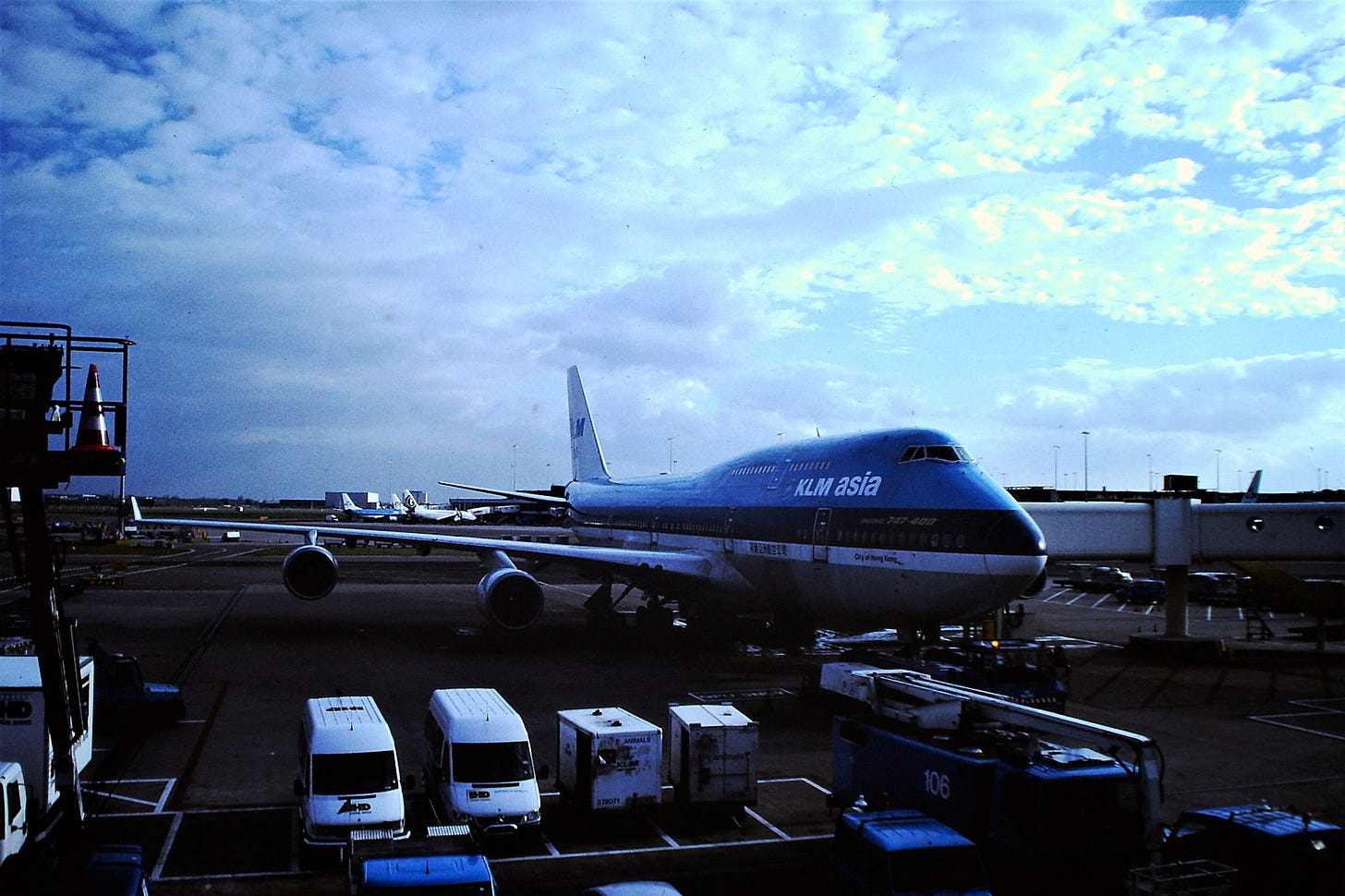Boeing Has Been Getting Bailed Out For Years
A coronavirus rescue would be just the latest public money claimed by the mega-manufacturer.

Before we get into this post, my book, The Billionaire Boondoggle, makes for good reading while practicing social distancing, so if you don’t have a copy, grab one here. My friends at East City Bookshop and Solid State Books in D.C. are shipping and delivering books, so those are great spots to buy one — or any other book — if you’re able.
There’s a will they-won’t they situation going on between Boeing and the federal government. The major aerospace manufacturing firm is in rough financial straits, due in no small part to the fact that its planes keep falling out of the sky. On top of that, airlines have taken a huge hit because of coronavirus-related travel restrictions and are canceling orders for new aircraft. Some of Boeing’s plants in virus hot spots have had to shut down, as well.
The recently passed coronavirus economic stimulus package includes $17 billion earmarked for corporations vital to national security — which everybody knows means Boeing. This week, House Democrats from Washington state, where Boeing is based, urged the company to take the money. But CEO Dave Calhoun has said he’s not interested in accepting if it means giving taxpayers a stake in the company, so we can all profit on the backside of a federal rescue.
Hopefully it strikes you as outrageous that a firm like Boeing wants no-strings-attached money from the government, when it has spent years allowing its ability to produce planes atrophy while spending billions enriching executives. But dig a little deeper and you’ll realize free taxpayer money is a way of life at Boeing.
Dating back to the mid-90s — right around when it began to focus less on building safe planes and more on churning out cash to shareholders — Boeing has benefited from nearly $90 billion in subsidies, loan guarantees, and other public support at all levels of government. The bulk of that has come since 2011. Washington state and South Carolina are the biggest payers, along with the federal government, but Texas, Missouri, and Alabama have also given the company hundreds of millions of dollars each.
Boeing recently had to work with Washington state lawmakers to reverse the largest state-level tax break in history — worth about $8.7 billion beginning in 2024 — because it’s very massiveness likely violated World Trade Organization rules and would have led to sanctions. But the way it won those tax breaks exhibits many of the problems with how Boeing operates: It was characterized by thinly-veiled threats to move production elsewhere and cut jobs if lawmakers didn’t play along. It was economic blackmail, as I explained at the time.
Even when public money did come with basic accountability requirements, Boeing skirted them. Alejandra Cancino at Better Gov ran a great piece last week on how Boeing consistently failed to meet job requirements that were part of an incentive package with Chicago and the state of Illinois. The same thing happened to Washington state in the early 2000s: Boeing took tax breaks, promised to keep production and jobs in the state, but then sent both to Japan and South Carolina anyway. Lawmakers are loathe to challenge the company about these choices after the fact, because it’s so economically big and politically powerful.
At the same time, Boeing has been shortchanging federal coffers. As Matthew Gardner at the Institute on Taxation and Economic Policy pointed out, “over 8 years from 2008 to 2015, the company paid a 5.4% tax rate (as opposed to the statutory 35% rate), and paid zero in 5 of those 8 profitable years.” In those same years, it spent massively more on share buybacks, thus boosting shareholders’ fortunes, than it did on research or other investments in its actual business, which would have at least excused some of its near negligible tax rate.
To sum this all up: Federal taxpayers have seen little revenue from Boeing, while many of them have helped the company via tax breaks and other giveaways at the state or local level. And now billions more may be poured into the company via a federal rescue, while Boeing doesn’t want to share the upside with those who paid to keep it afloat.
A real plan to save Boeing would involve dismissing its board of directors and CEO and putting it into a government-run conservatorship, as Maureen Tkacik laid out here for my new employer, the American Economic Liberties Project. That would ensure the company atones for its past mistakes and emerges from a taxpayer rescue ready to produce a functional product and serve the public.
Anything else will just be one more reckless bailout in a long line of them.
Thanks for reading this edition of Boondoggle. If you don’t subscribe already, just click the green button below.
If you liked this post, take a moment and click the little heart under the headline or below. It helps.
If you’re already a subscriber, please forward this around to friends, family, neighbors, or whoever you think might like it, and tell them to sign up too.
Finally, if you’d like to pick up a copy of my book, The Billionaire Boondoggle, go here. Thanks again!
— Pat Garofalo


